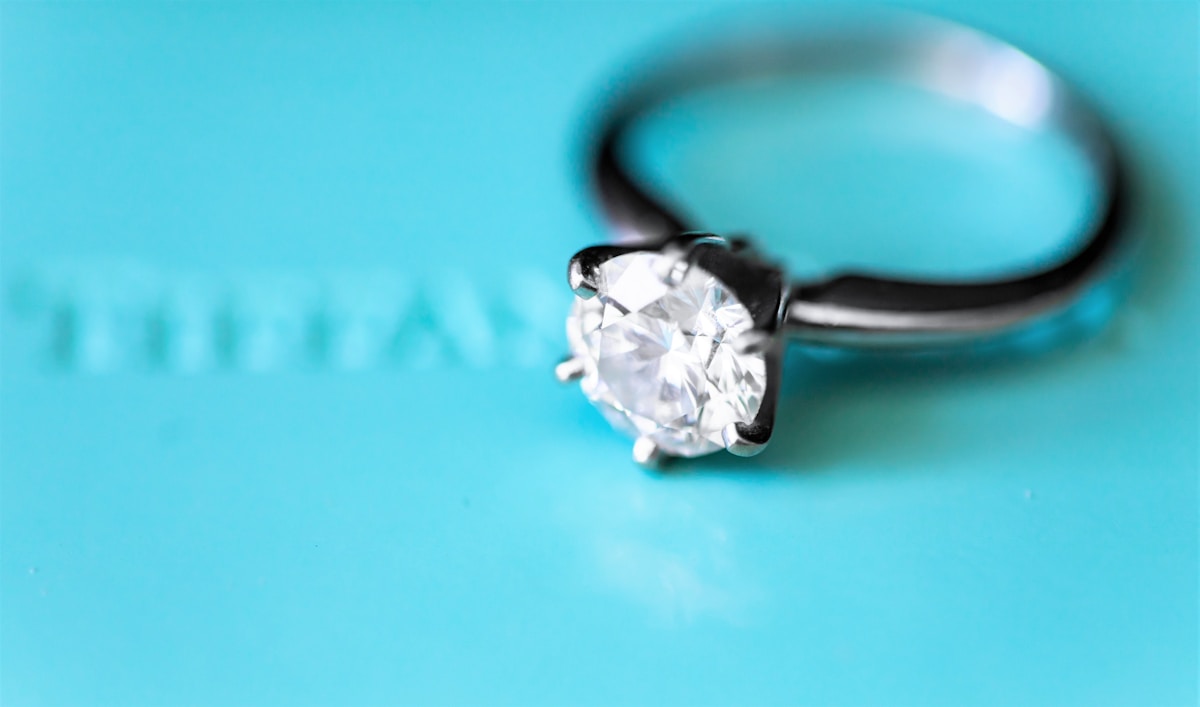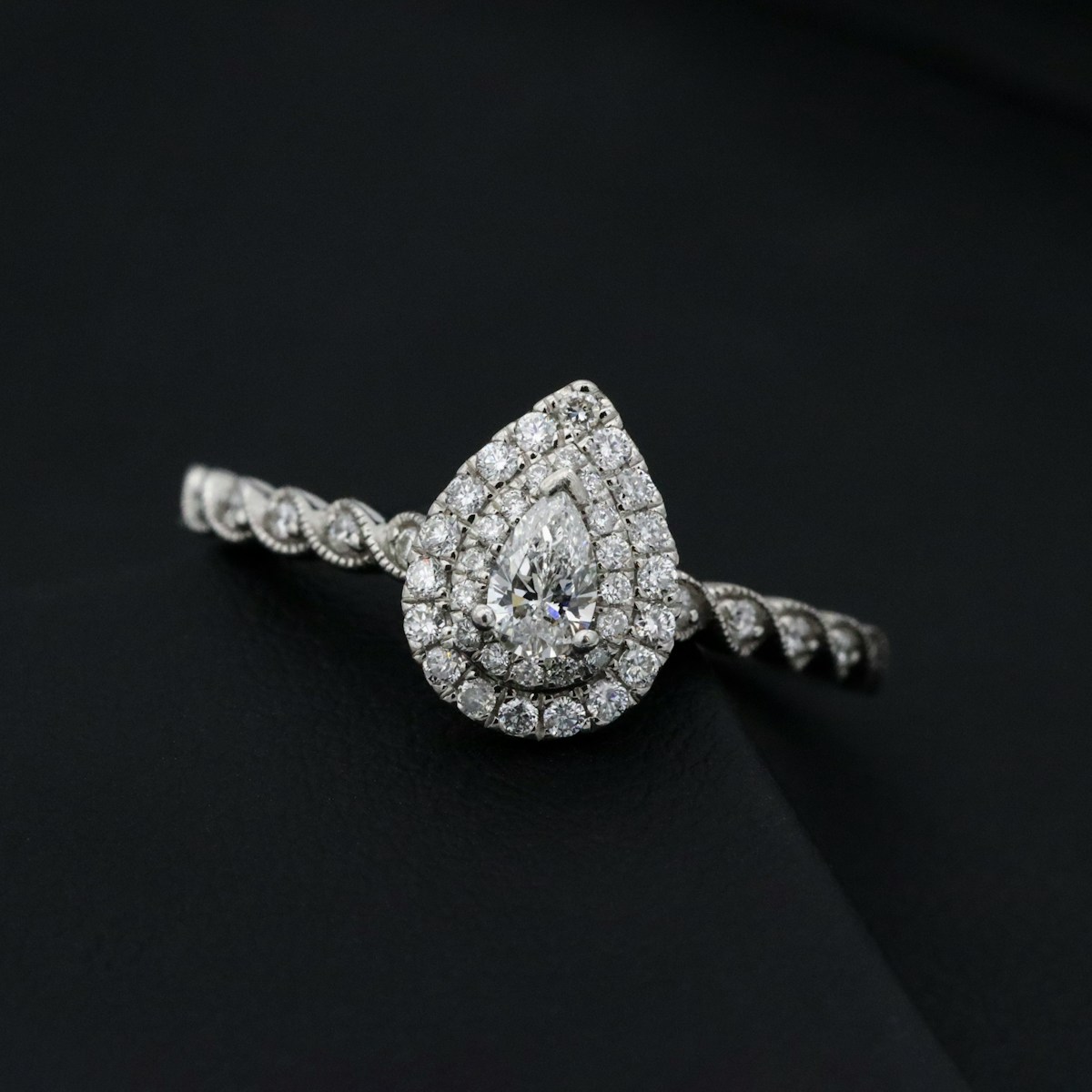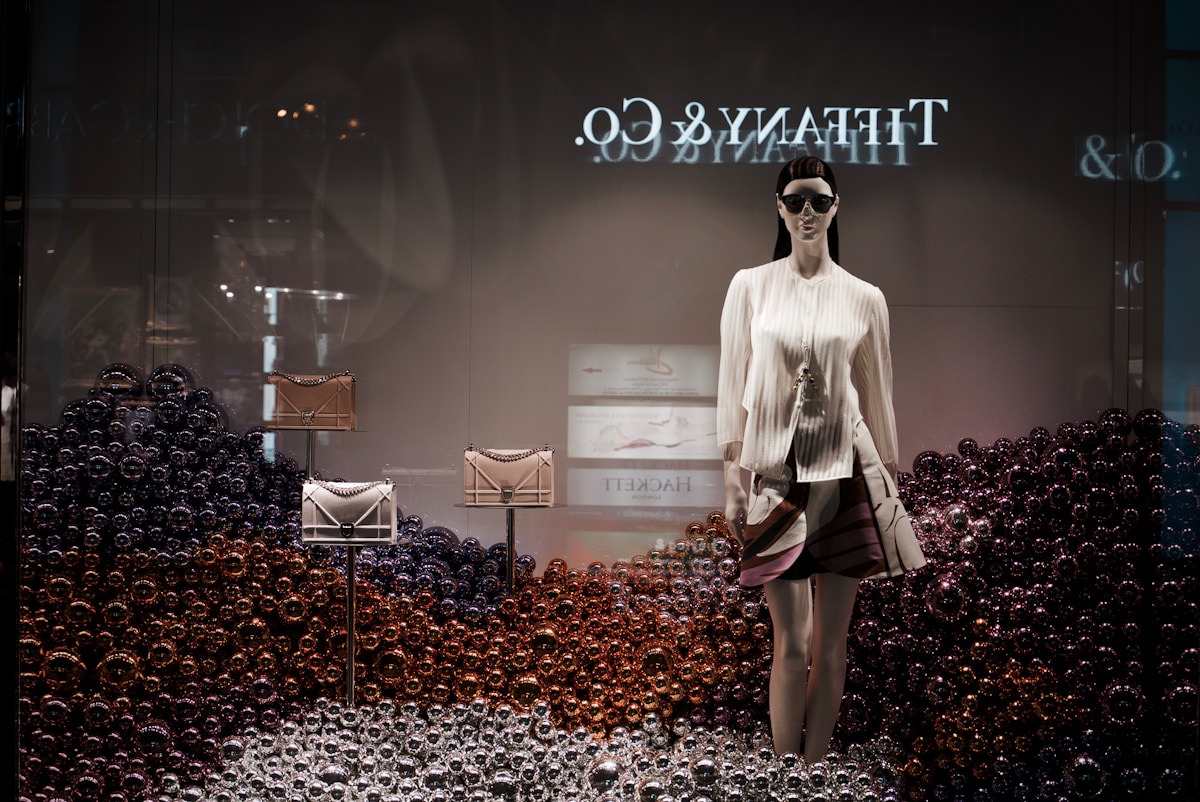Tiffany & Co. : A Case Study

In the fourth quarter of 2019, media outlets broke the news that LVMH had approached luxury jeweler and specialty retailer Tiffany & Co. with a takeover offer, with a starting bid price of $120 per share (i.e. valuing Tiffany at approximately $14.5 billion, 14 times the target’s projected earnings before interest, taxes, depreciation, and amortization). Analysts attributed this to the conglomerate’s desire to expand into the global jewelry market; according to Bain & Co., the market expanded 7% in 2018, establishing itself as the fastest-growing industry in the luxury sector.
Tiffany appeared to be an ideal purchase, as the house has few competitors at its caliber (only Richemont-owned Cartier and LVMH-owned Bulgari) and runs their own diamond-finishing facilities (aligning with Mr. Arnault’s philosophy of vertical integration). Furthermore, LVMH noted that buying an American company would expand their presence not only in the US, giving the French conglomerate increased exposure to US dollar-denominated revenue and decreased foreign exchange risk, but also in China, where Tiffany has been planning to build additional flagships.
Prior to the acquisition, Tiffany & Co. boasted 300 store locations worldwide and an annual revenue of approximately $4 billion. However, when the jeweler started experiencing stagnating sales that fell behind its European competitors, LVMH saw an opportunity to acquire the company.
Arnault is known for acquiring older houses with established heritage and revitalizing them by capitalizing on modern interpretations of brand classics, as seen through his acquisitions of Dior and Louis Vuitton.
It was expected that Tiffany would receive similar treatment, as the brand not only champions the classic Tiffany Blue color, but is also built into modern pop culture via Breakfast at Tiffany’s, starring fashion icon Audrey Hepburn.
Later in the fourth quarter of 2019, LVMH and Tiffany & Co. settled on an asking price of $135 per share, valuing the deal at $16.2 billion–a 12% increase from the initial offer and 16.3 times the target’s projected earnings before interest, taxes, depreciation and amortization. It was announced that the conglomerate would pay all cash for Tiffany’s shares and finance the deal through bonds. LVMH announced their confidence in the future potential of their pending acquisition; it promised to provide liquidity to launch new product lines, upgrade existing boutiques, and market to younger audiences (especially through its wide range of prices, from a few hundred for sterling silver pieces and up to millions for fine jewelry). Mr. Arnault also signaled that he would invest more heavily in Tiffany’s high-end jewelry offerings (such as its high-carat diamond necklaces) and work to launch new product lines to modernize the brand.
However, the unprecedented pandemic caused a large drop in consumer spending in the luxury-goods market.

With restrictions on travel, tourist shoppers (the lifeblood of the luxury industry) could no longer purchase in-store at Tiffany flagships and boutiques. According to Oppenheimer & Co., foreign spending accounts for over 20% of Tiffany’s sales. Additionally, 94% of Tiffany’s sales are made in-store. Consequently, depressed foreign demand and temporary store closures resulted in a 37% fall in worldwide sales in the second quarter. In June 2020, LVMH began expressing doubts about their impending acquisition of Tiffany, as many once attractive aspects of the company had been whittled away by pandemic-induced circumstances.
More specifically, the conglomerate had wanted to capitalize on its expertise in European in-store retail and its relationship with European landlords to grow Tiffany’s presence in Europe, where tourist shopping accounts for about 50% of luxury sales. Travel restrictions and public health safety concerns could serve as a long-term hindrance to sales growth. RBC analysts estimated that Mr. Arnault had not expected the Tiffany deal to make a return on his investment until 2025, but the pandemic would only lengthen this timeline even further.
In addition, amidst the pandemic, LVMH found it especially difficult to cut costs due to their commitment to the business model of vertical integration (where they produce their goods in-house and operate the boutiques that sell their fashion and leather goods, cosmetic products, and watches and jewelry).
Thus, while other companies were able to cancel orders from their third-party manufacturers in anticipation of depressed demand, LVMH had to absorb the costs of their own paused supply chains and closed distributors.
As a result, in the first half of 2020, LVMH’s profits plunged 84% while revenue declined by 27% compared to the same period in 2019. This strained LVMH’s finances, and in conjunction with Tiffany’s performance during the pandemic, led the conglomerate to reconsider their upcoming purchasing and to find ways out of their acquisition contract with Tiffany. The terms of the original agreement dictated that Tiffany could pay a termination fee of $575 million to abandon the deal, but LVMH was not given an option to exit the deal.
The conglomerate took three different exit routes in order to invalidate the deal.

In September of 2020, LVMH’s chief financial officer Jean Jacques Guiony announced that the French government had sent the conglomerate an unsolicited, valid and legally binding order to hold off on closing the Tiffany deal until January 2021, due to a brewing trade dispute between the Trump administration and France over tariffs on luxury goods. This ordered delay would violate the terms of the deal, which set the closure deadline to November 2020. If an agreement could not be reached by then, the deal would be void. Mr. Guiony claimed that LVMH had “no other choice but to apply this decision,” but Tiffany Chairman Roger Farah responded that “LVMH [was seeking] to use any available means in an attempt to avoid closing the transaction on the agreed terms” and that there was “no basis under French law for the Foreign Affairs Minister to order a company to breach a valid and binding agreement.” To ensure enforcement of the merger, or at least payment of damages in the case that LVMH walked out on the deal, Tiffany filed a lawsuit against LVMH in Delaware Chancery Court, which historically sided with companies who were being bought out in merger and acquisition cases. It was later leaked that LVMH had approached the French government for assistance to back out of the Tiffany deal, invalidating LVMH’s claim that the letter they had received from the French foreign affairs minister was unsolicited. This led the conglomerate to resort to two alternative methods.
LVMH countersued, arguing that Tiffany had suffered a material adverse event (MAE), which under the merger agreement, would have allowed the conglomerate to walk away from a deal before closing. Although the merger contract had never explicitly stipulated that a pandemic was a material adverse event, LVMH claimed that the coronavirus crisis was considered a change in circumstances that significantly reduced the value of the company, and would continue to in the long-run due to the secondary effects of the pandemic (e.g., shift toward e-commerce and reduced travel). However, their argument was weakened by the fact that a MAE cannot be called upon if the event or economic downturn impacts an industry as a whole, rather than a specific company. LVMH overall faced long odds, as the Delaware court had historically only allowed one previous buyer to back out of a merger under the argument of a MAE.

The luxury conglomerate also claimed that the merger was invalidated due to Tiffany’s mismanagement of the firm during the pandemic, filing in a complaint that Tiffany “[was] a mismanaged business that over the first half of 2020 hemorrhaged cash for the first time in a quarter century, with no end to its problems in sight.” More specifically, LVMH cited Tiffany’s decision to cut capital and marketing investments, take on additional debt, and most notably, pay shareholders full dividends during the pandemic despite a 37% plunge in sales and a loss of $32.7 million through the first half of 2020 (although sales did improve and the company earned profits in the second quarter). However, the conglomerate found it hard to prove that the company had been underperforming relative to other jewelers in the luxury sector, as LVMH’s own sales in their watches & jewelry division dropped 39% in the first half of 2020 versus the same time period last year. Additionally, data collected from online traffic and social media analytics showed that Tiffany had outperformed LVMH’s Bulgari during the summer months. Tiffany’s Mr. Farah said “LVMH’s specious arguments are yet another blatant attempt to evade its contractual obligation to pay the agreed-upon price for Tiffany.”
In October 2020, Tiffany agreed to new terms set by LVMH to purchase shares at $131.50 apiece (down from the original $135, a modest 2.6% cut), saving the conglomerate approximately $440 million and settling their ongoing litigation set for Delaware court in January 2021.
LVMH Chief Executive Bernard Arnault put out a statement in support of the ongoing merger, announcing that “We are as convinced as ever of the formidable potential of the Tiffany brand and believe that LVMH is the right home for Tiffany and its employees during this exciting next chapter.” In buying Tiffany, the French conglomerate advanced itself against their Swiss competitor Richemont, who owns watchmaker and jeweler Cartier.
In December 2020, Tiffany shareholders signed off their approval on the new deal terms, establishing LVMH’s purchase of Tiffany as the largest and most expensive acquisition in the luxury market, at a sticker price of $15.8 million. The deal closed within the first seven days of January and LVMH moved to replace top executives at Tiffany, with Louis Vuitton executive vice president Anthony Ledru returning to Tiffany as chief executive (he had previously been head of Tiffany’s North American operations before joining LVMH), Michael Burke taking on the role of Tiffany chairman alongside his current position as CEO of Louis Vuitton, and Alexandre Arnault departing his role as CEO of Rimowa to serve as executive vice president of product and communications.
Over the course of 2021, Tiffany has expanded its marketing strategies as well as released new product lines.
On April Fools Day, the brand subverted tradition with an announcement on social media that Tiffany had changed its brand color from its classic Tiffany blue to yellow, and proceeded to capitalize on the social media buzz that ensued to open up a Tiffany Yellow pop-up shop in Los Angeles. The American jeweler has also modernized its marketing strategies with new house ambassadors, most notably Anya Taylor Joy (who shot to fame after her acclaimed role in Netflix’s The Queen’s Gambit) and ROSÉ (a member of K-pop group BLACKPINK). These choices reflect Tiffany’s attempts to appeal to a younger consumer base, specifically in the US and Asia.
In May of 2021, Tiffany also launched new product line Charles Tiffany Setting. A collection of engagement rings for men, amid the increase in same-sex marriage and the growing popularity of gender-fluid fashion. Given LVMH’s record of taking jewelry brands upmarket. (As seen by Bulgari, who witnessed a tripling in their operating margin from 8% to 25% after being bought out by the conglomerate). There is no doubt that Tiffany will experience similar success under the watchful eye of Mr. Arnault.